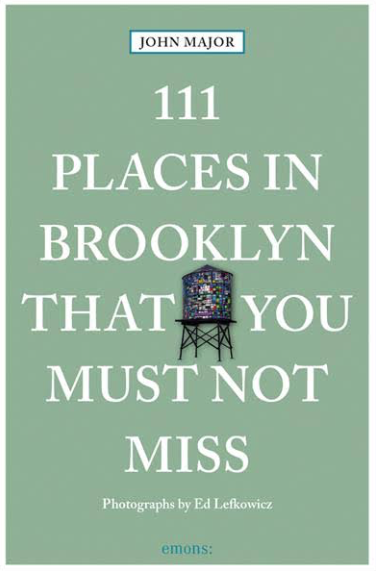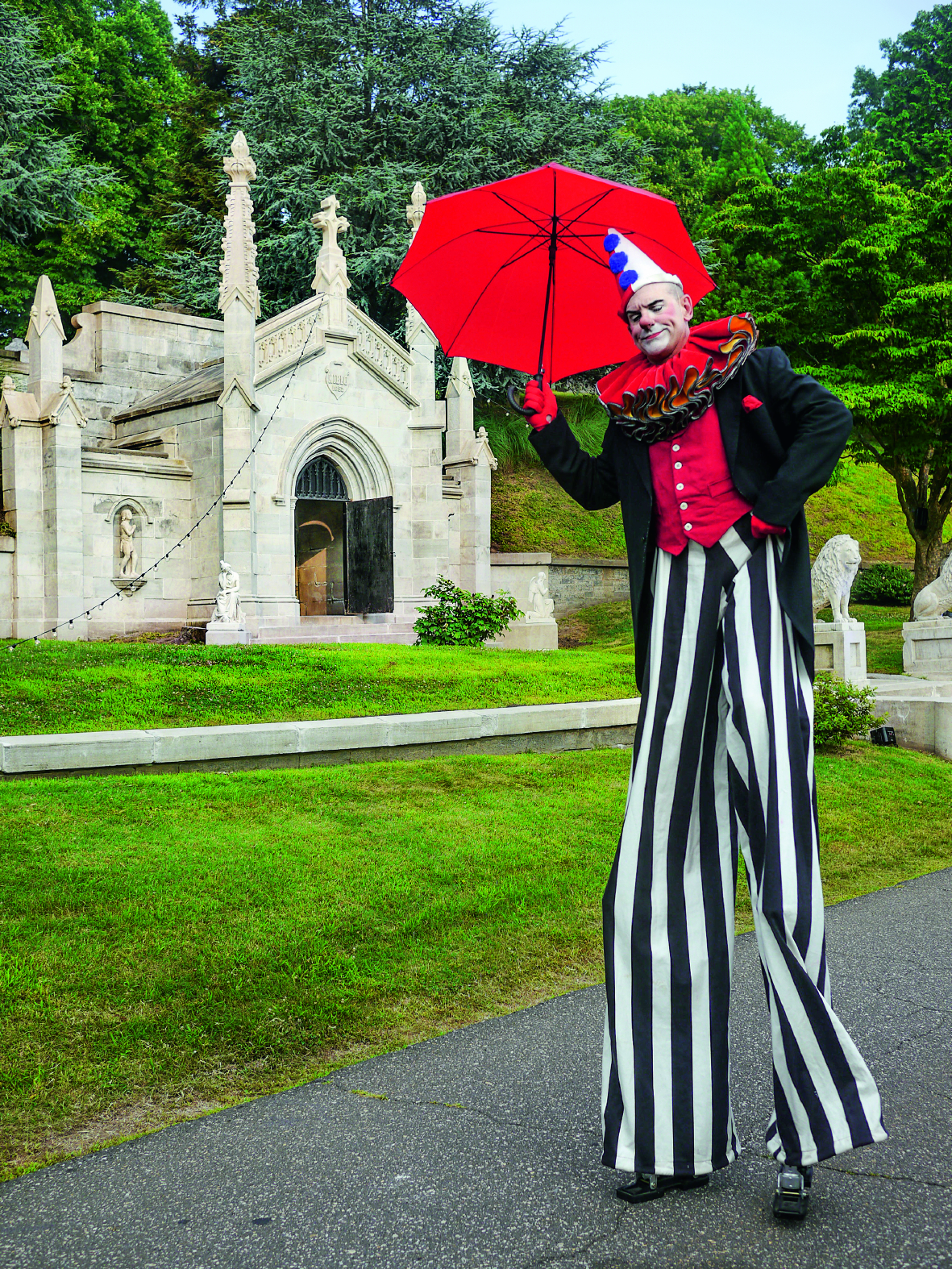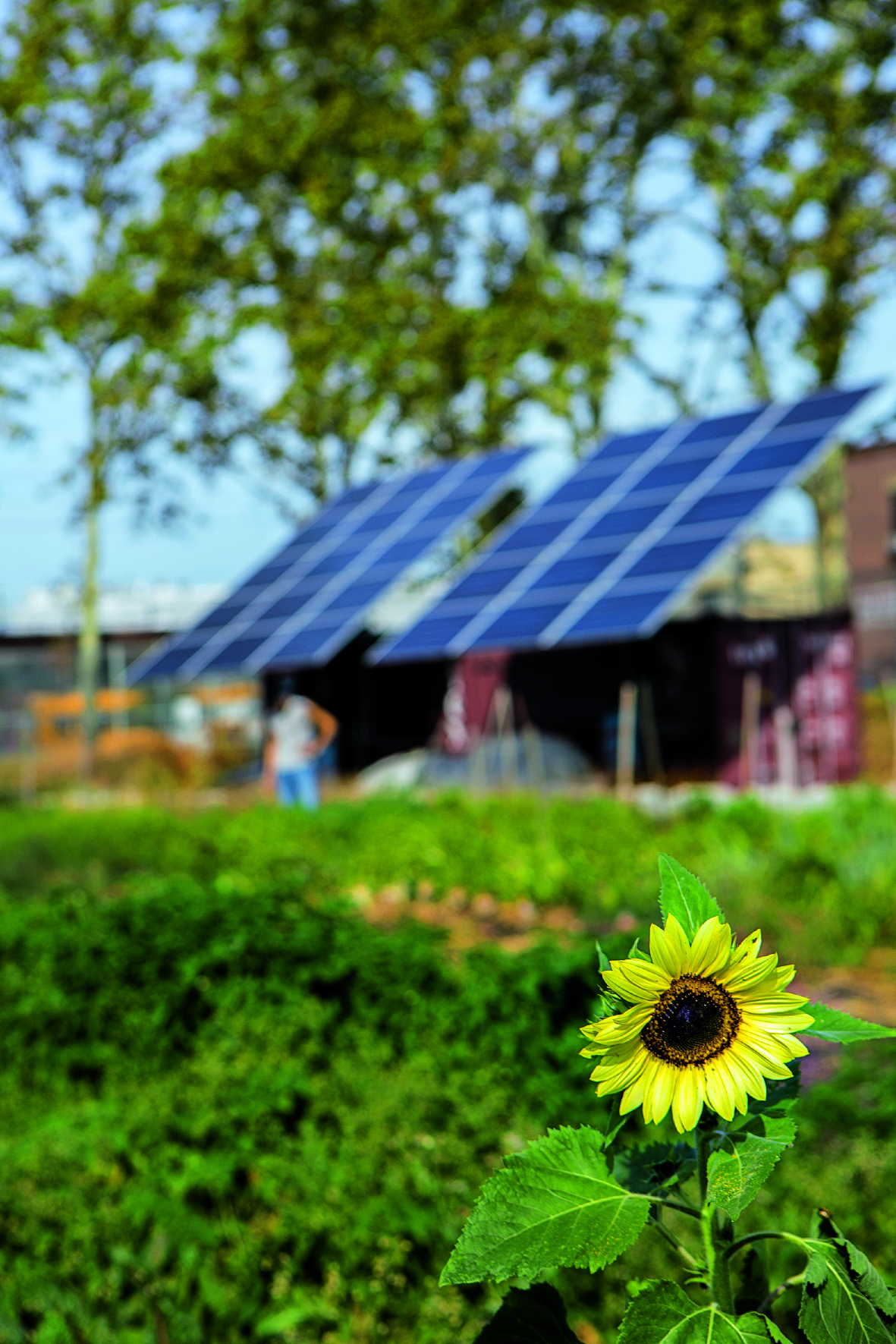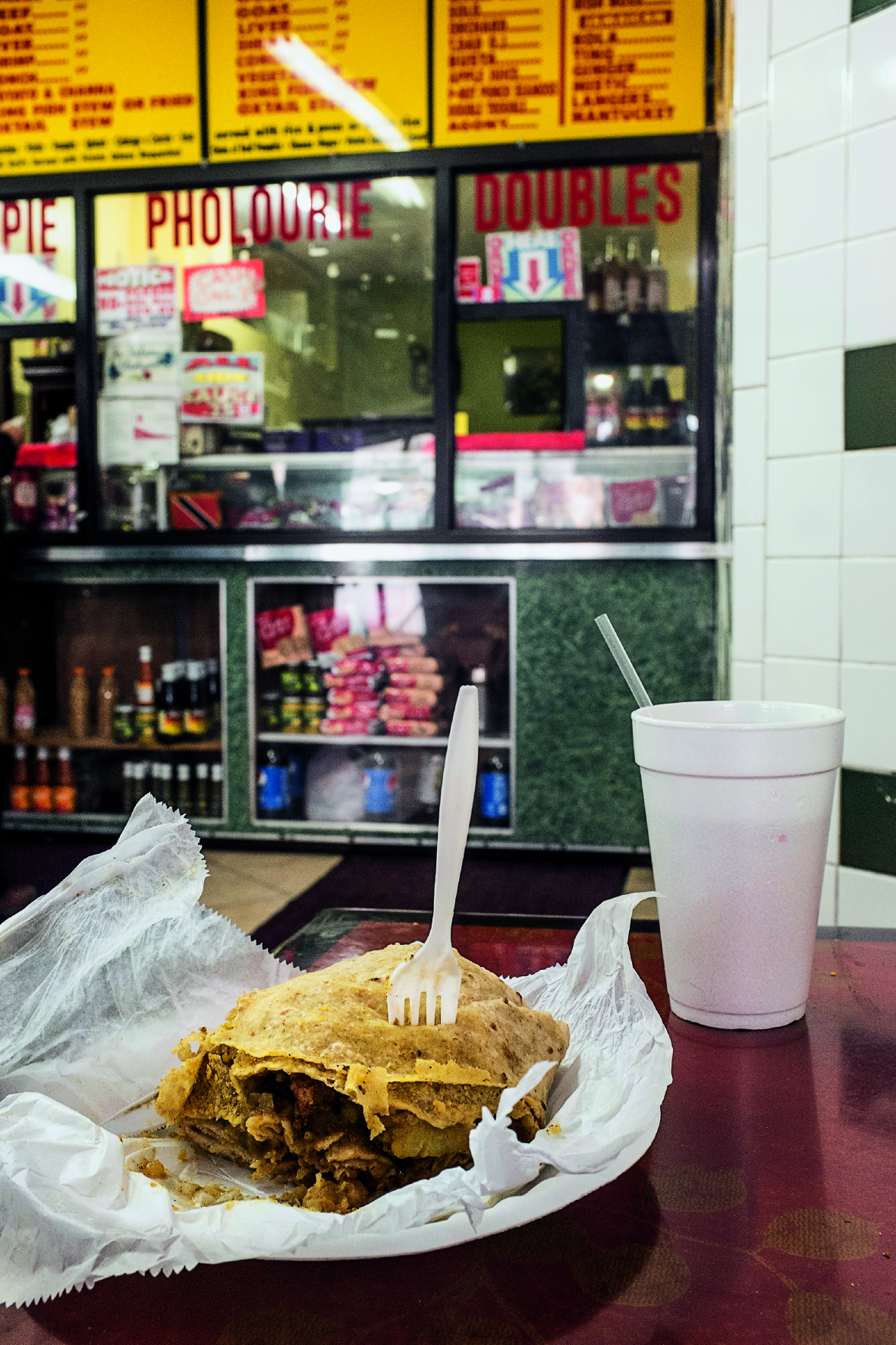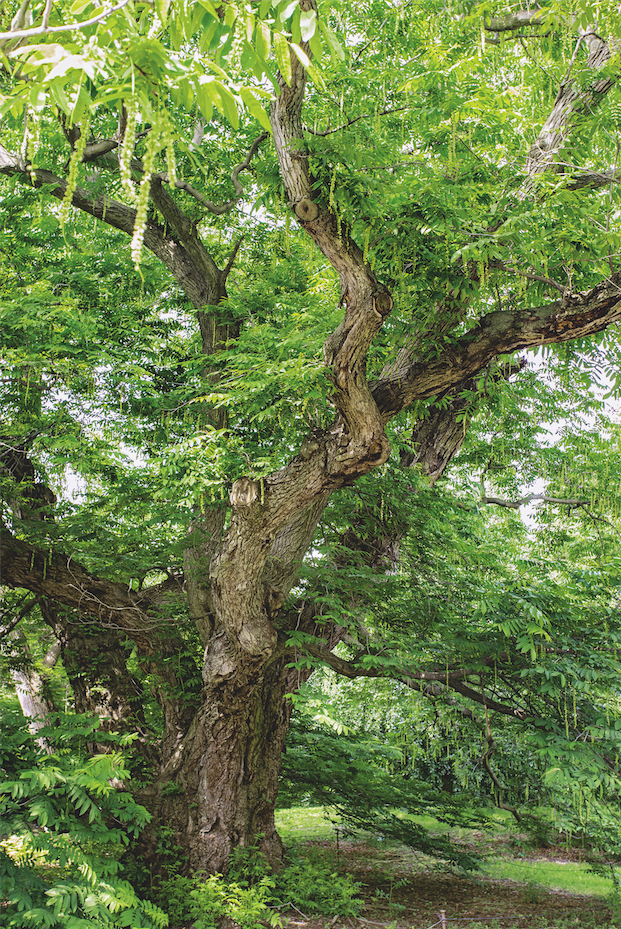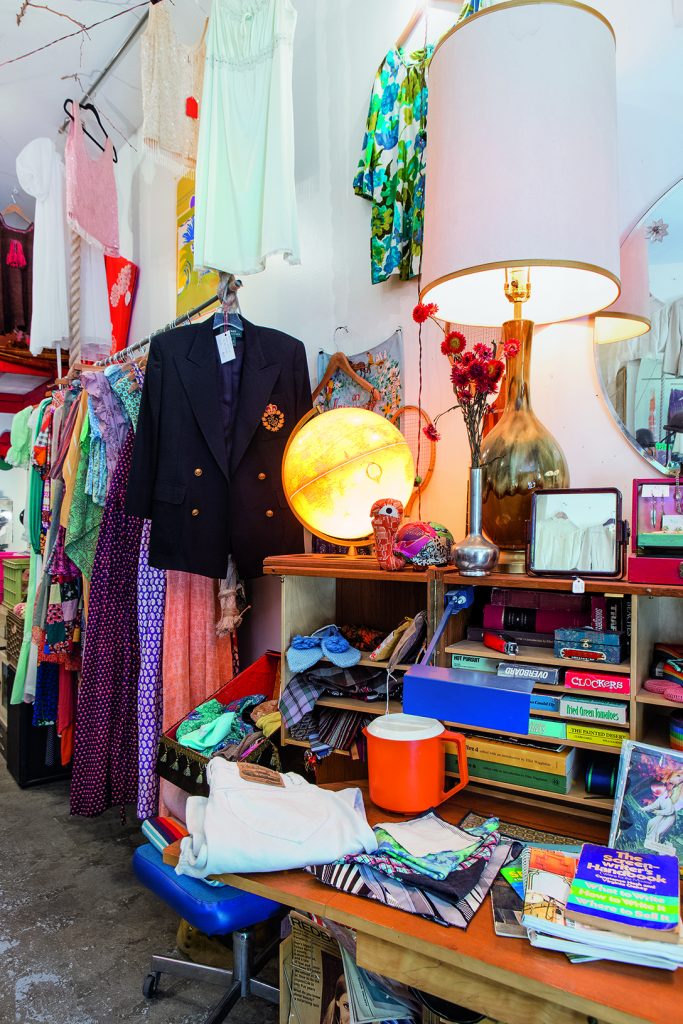“People don’t notice whether it’s winter or summer when they’re happy,” Russian writer Anton Chekov once observed. No stranger to bitter, wintry winds and snow-draped tree branches, he may have been onto a secret that is a tonic for those sun-starved days of bleak gray skies and plummeting thermometers: winter doesn’t have to be about passively surviving so much as about actively enjoying.
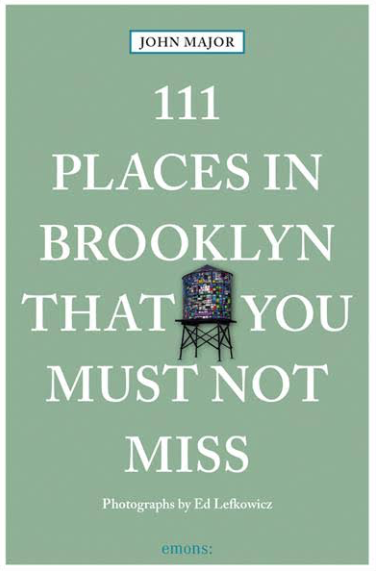
Brooklynites are blessed with a wealth of opportunities to test this maxim. Whether it’s a hushed walk alone through Prospect Park past the Camperdown Elm or an amble with friends through the busy creative agora of the Artists and Fleas market in Williamsburg, getting out there is the easy part in our borough. Deciding where to go might be the hardest part.
My guidebook, 111 Places in Brooklyn That You Must Not Miss (published by Emons Velag with gorgeous photography by Ed Lefkowicz), offers the perfect starting point for your explorations. The book offers those of us who live here many ideas about how to see our home with fresh eyes. And it gives visitors the opportunity to experience Brooklyn like a local. Many old timers, for example, may not be familiar with the burgeoning array of shops popping up in Industry City along the waterfront near Sunset Park. Wandering along its series of corridors— perfect for a cold weekend day— you’ll be rewarded with creative innovators galore. Don’t miss Moore Brothers Wine Company. Specializing in small, environmentally sustainable vineyards, this is the go-to shop to find world-class wines to share with family and friends (or maybe not share at all).
Test your artistic mettle with an afternoon at the Brooklyn Art Library in Williamsburg. While there, make sure to take in a sampling of the more than 40,000 entries of The Sketchbook Project. The staff will be happy to direct you to a table of examples, where you’ll be able to marvel at the expressive imaginings from every corner of the globe. A shop in the front allows you to purchase the blank 5” x 7” sketchbooks to render your own creative offering. This activity is perfect for families, a “museum” of art that will inspire children and parents alike (teenagers too).
Finally, the cold of winter need not keep you from learning a new sport at Gotham Archery. With instruction and equipment rental available on site, this activity at an indoor range in Gowanus comes without the costly start-up costs. It’s a unique date night or evening out with friends, and the concentration required also offers terrific winter stress release. Let all those worries go the way of your arrow. Tournaments and special events will get those competitive endorphins flowing. And, if you’re looking for an additional challenge, you can also try axe-throwing!
Check out these and the other 108 of Brooklyn’s most fun and interesting places in 111 Places in Brooklyn That You Must Not Miss. You’ll feel happier all winter long, and before you know it, springtime will be upon us. Ready, set, explore!
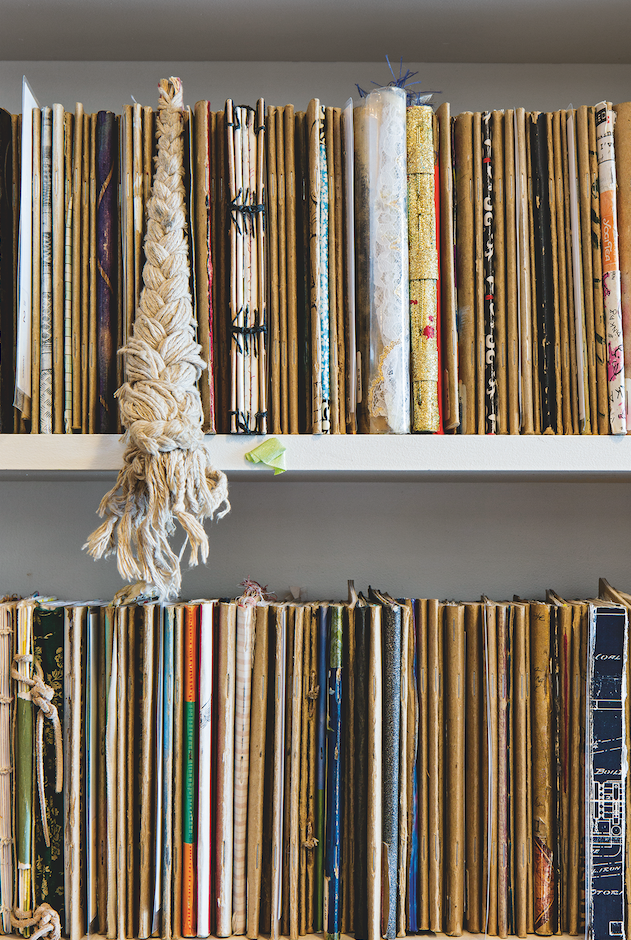
The Sketchbook Project
An art project that draws the world
Steven Peterman, founder of The Brooklyn Art Library’s Sketchbook Project, never much cared for the gallery system. He didn’t think his work was good enough to hang on a gallery wall, but he wanted to create art anyway. It was 2006, and pay-to-participate art projects were beginning to pop up on the internet. “We wanted to do the opposite,” Peterman says. “This was about a year or so before crowdsourcing, so we really didn’t know what to call it, but we knew if everyone gets together this really cool art project could happen.”
Peterman and his collaborators quickly realized that sketchbooks could be a unique way for people to share their stories in a less pressured way. “When people are doing paintings that hang on the wall, they are intimidated about what they want to share,” he observed. “With sketchbooks, people have this sense that they can hide it away. We found that people were sharing amazing ideas.” Almost as importantly, sketchbooks provided an easy – and standard – format for people all over the world to contribute.
Forty thousand sketchbooks later, the “really cool art project” is an archive of work from artists of all ages and over 135 countries. Housed in a bright, stylish space in Williamsburg since 2009, its back table is a great place to spend some time poring through that day’s selection of books. “They run the gamut,” Peterman says, “from professional artists who use it as the chance to be free, to first-time artists who are afraid of the process but trying to get out of their comfort zone.” He notes that a portion even use their sketchbook as a way of dealing with some kind of hardship in their life.
A small shop offers the standard 5’’ x 7’’ sketchbook that must be used for all submissions, after which the book will be barcoded and shelved in the collection. For an additional fee, books are digitized and live online as well and are tagged by artist, location, medium, and theme.
Address 28 Frost Street, Brooklyn, NY 11211, +1 (718)388-7941, www.thesketchbookproject.com, hello@sketchbookproject.com
Getting there Subway to Metropolitan Avenue (G), or to Lorimer Street (L)
Hours Wed – Sun 10am – 6pm
Tip Hone your own skills by attending a Friday Night Drink and Draw Meetup session, offered regularly in Greenpoint. Each three-hour session is available for a small fee and offers an opportunity to work from a live model (www.meetup.com/greenpointfiguredrawing). Locations vary.

Moore Brothers Wine Co.
Last the difference
If you don’t know as much about wine as you’d like, the key is to have that one special wine shop, where you have a relationship with the staff and trust their recommendations. Now, imagine you had a wine shop where the owners also had that kind of special personal relationship with each of the producers whose wines line the shelves. Moore Brothers offers customers precisely that kind of knowledge base and experience. Store manager Ecco Adler notes, “We go to the vineyards and examine each part of the process. Over the years, we’ve developed personal relations based on trust with our winemakers and our customers.”
Forged over the course of more than 25 years, those personal relationships are the intangible special ingredient in every bottle. “Our producers are small vineyards committed to environmental sustainability, to the sustainability of their cultures,” Adler notes. “In many cases, these are vineyards that have been in families over several generations.” Moore Brothers is definitely doing their part to preserve these small, high-quality operations, and the relationship is well worth the effort. “We do our part to take care of their work. We ship the wines at a constant temperature, the same temperature they are stored at in the shop. This makes sure they arrive at your table just the way they were meant to be.”
Brothers Greg and David Moore bring several decades of experience pairing wine with foods as well to help you curate your next dinner party with sophistication and flair. Adler estimates that about 75 vineyards are currently represented in the shop. While the majority are from France, Germany, and Italy, a few choice selections from Argentina and California mean New World partisans will leave satisfied as well. Three or four bottles are almost always open to sample, and Moore Brothers also delivers with great care.
Address Industry City, 51 35th Street, Brooklyn, NY 11232, +1 (844)305-5023, www.store.moorebrothers.com
Getting there Subway to 36 Street (D, N, R)
Hours Mon – Fri 11am – 8pm, Sat 10am – 6pm, Sun noon – 5pm
Tip Leave plenty of time to explore the other inhabitants of the Industry City complex (www.industrycity.com), a 16-building complex that sits alongside the BQE in Sunset Park. Be sure to try Japan Village, a 20,000-square-foot food hall that offers the best in Asian cuisine.

Gotham Archery
Slings and arrows, not at an outrageous fortune
While on the outside this place may look like just another Gowanus warehouse, open the door and you might just have found the place to channel your inner Katniss Everdeen or Robin Hood. With a range that can accommodate 40 shooters aiming at targets from 5 to 20 yards in distance, Gotham Archery offers the chance to trade the daily frenzy for quiet concentration. “Each shot is an opportunity to pull back and let it all go,” general manager Megan Del Prior says, explaining the appeal of what many would see as a rural sport for urban dwellers. “All that stress, all the bad stuff… Letting it go is what archery is all about.”
An hour-long introductory lesson, easy to book through the website, is the place to begin, and it starts with 15 minutes of safety tips. As you can imagine, stance, posture, and etiquette are all essential to master from the beginning to maintain a secure environment. All of the equipment is available to borrow, so there’s no need for a hefty investment beforehand.
Bows primarily come in two types. Recurves are the long and slender “S” shaped bows, usually made of fiberglass or wood and used for Olympic archery. Compound bows tend to be a bit heavier and use a system of pulleys and cables to produce powerful, consistent shots. While you’ll be able to try them both, Megan says it’s not uncommon to have a preference. “It’s like something out of Harry Potter – usually the bow calls you. You’ll know which one’s for you by the end of the day.”
The club holds regular tournaments in which people of all sizes, shapes, and abilities can compete. Archery provides the rare chance for women and men to compete against each other, and people of different ages, too. Bored with paper targets? There’s 3D shooting on Mondays, where it’s anything from toy turkeys to velociraptors! Or, steel yourself and take a knife- or ax-throwing lesson or two.
Address 480 Baltic Street, Brooklyn, NY 11217, +1 (718)858-5060, www.got-archery.com, info@got-archery.com
Getting there Subway to Hoyt – Schermerhorn Streets (A, C), to
Atlantic Avenue – Barclays Center (D, N, R), or to Bergen Street (F, G)
Hours Mon – Fri 10am – 10pm, Sat & Sun 9am – 10pm
Tip Show off your ax-throwing skills at Kick Axe Throwing (622 Degraw Street, Brooklyn, NY 11217, www.kickaxe.com), a five-minute walk away in Gowanus.

